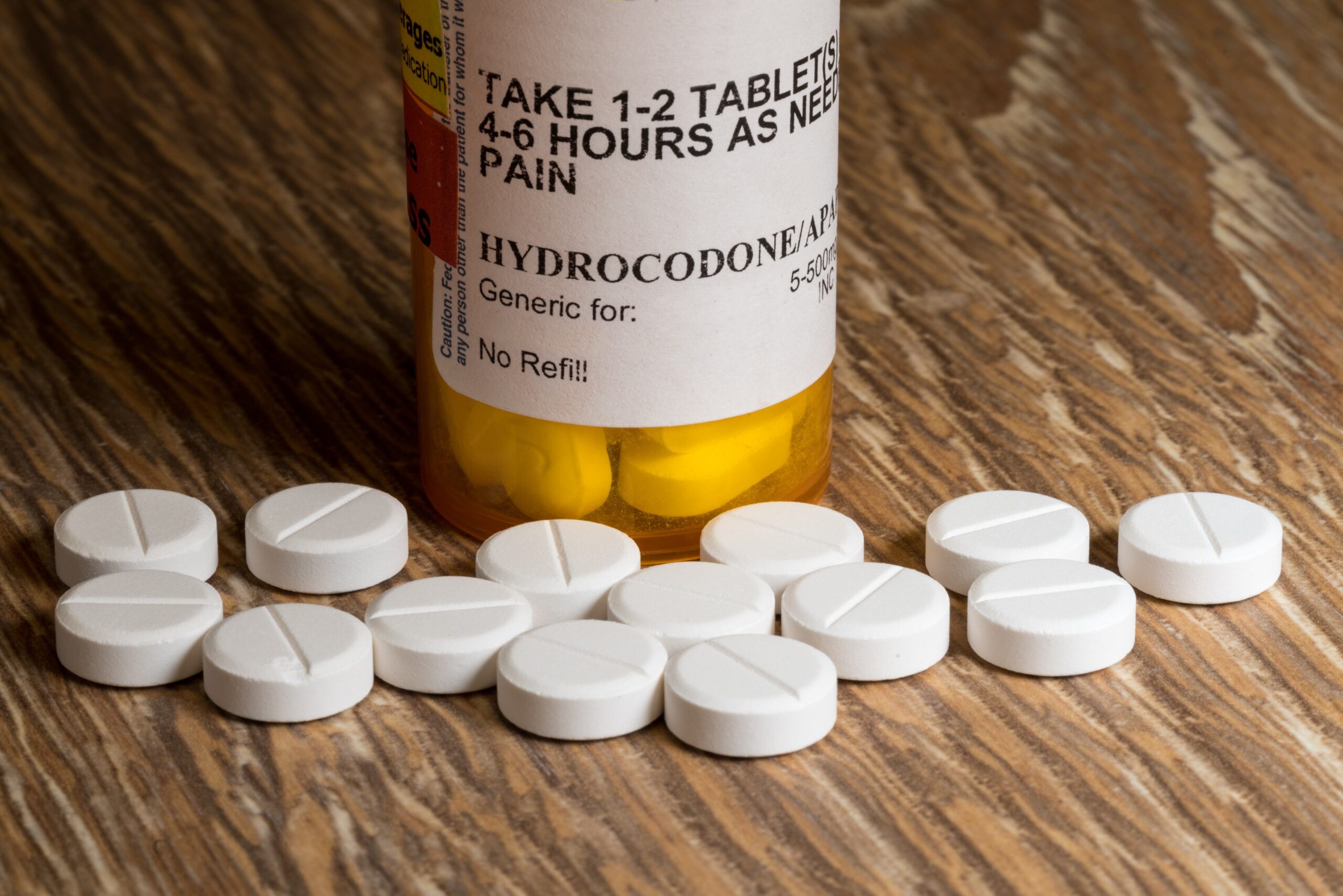Humanity has a complicated relationship with all types of opioids. It’s a longterm relationship, one which stretches back thousands of years. Opium, an analgesic (painkilling) drug, has permeated societies around the globe since ancient times. In war-torn Afghanistan, the opium trade helps fund the Taliban. Even our popular culture has taken note; on the cable television series Game of Thrones, “the milk of the poppy” is routinely administered on both battlefield and sickbed.
Traditionally, drugs derived from the dried latex ooze of the opium poppy’s seedpod were called opiates. Today, the different types of opioids still include plant-based opiates like morphine, its derivative, heroin, and codeine. But opioids of the synthetic kind are pouring out of pharmaceutical laboratories at a stunning rate.
In fact, the path to heroin’s surge in popularity in this century was paved not just by the conflict in Afghanistan, but also by the flood of medically prescribed pills. Opioid painkillers help those suffering from debilitating chronic pain to function. But the powerful drugs can quickly become addictive if not used as directed. And for those addicts who can no longer afford or otherwise obtain painkilling medication, the needle beckons.
Studies of the connection between these meds and heroin use suggest the number of prescription opioid users who go on to use heroin within five years is a relatively small 4 percent. However, the same studies also show 80 percent of American heroin users surveyed reported they had misused prescription opioid meds prior to their heroin use.
According to the Vermont Department of Health, “recreational” users of prescription opioids are 19 times more likely to initiate heroin use. Heroin and the prescription opioids both bind to the brain’s opioid receptors to mask pain. On the molecular level, the drugs are so similar to heroin that the brain cannot tell the difference.
Adding to the user appeal is the fact heroin frequently costs less on the street than opioid meds. Plus, compared with swallowing a pill, injecting heroin yields to the user a more dangerously quick, intense high. To fully appreciate the powerful pull of heroin and the other types of opioids, you have to understand it’s all about brain chemistry.
Opioids and the Brain
In the beginning, there were endogenous opioids, meaning those that occur naturally in the body. For example, endorphins are endogenous opioid chemicals (endorphins means “endogenous morphine”). These neurotransmitters limit pain sensation and at times produce euphoria, as during exercise. This euphoria is generated by the reward system located in the brain, spinal cord and other organs, any of which release a flood of the pleasure-causing neurotransmitter dopamine, reinforcing the behavior with their message, That was good — do it again!
Types of opioids of the non-endogenous variety are molecules which may be opiates, i.e., entirely derived from plant matter. Alternatively, they may be semi-synthetic (partially derived from plant matter), or a chemical compound entirely “made in the lab.” But once ingested, all opioid drugs work hard to mimic the naturally-occurring opioids in our brains. When abused, opioid drugs block the brain’s opioid receptors until the drug user can no longer “feel normal” without ingesting the substitute.
Types of Opioids Used Medically
The state of Oregon’s Alcohol and Drug Policy Commission lists the types of opioids followed by brand names representative of each type:
The pharmaceutical industry has created more than 500 different opioid molecules. Some are widely used medically, some are not. Examples of well-known opioids used medically in the U.S.:
- Dextromethorphan (available in the U.S. without prescription as, e.g., NyQuil, Robitussin, TheraFlu, Vicks)
- Dextropropoxyphene (e.g., Darvocet-N, Darvon)
- Loperamide (e.g., Imodium)
- Hydrocodone (e.g., Vicodin)
- Oxycodone (e.g., OxyContin, Percocet)
- Oxymorphone (e.g., Opana)
- Meperidine (e.g., Demerol)
- Methadone (e.g., Dolophine)
- Fentanyl/fentanil (e.g., Ultiva, Sublimaze, Duragesic patch)
- Carfentanyl/carfentanil (e.g., Wildnil, for veterinary use)
Types of Opioids Abused Frequently
Opioids commonly abused include:
- Morphine
- Heroin
- OxyContin (Oxycodone)
- Percocet (Oxycodone and Acetaminophen)
- Codeine
- Vicodin (Hydrocodone and Acetaminophen)
- Fentanyl
Morphine goes back to the early 1800s, when an alkaloid (chemical compound) was first isolated from the opium poppy by a German pharmacist. Morphine’s medical use soared when the hypodermic syringe was invented in the 1850s and with the advent of the U.S. Civil War. Highly addictive, morphine has been a controlled substance since 1914. Also available in pill form, morphine is still taking lives in 2018 when used without a prescription.
Heroin was derived from morphine by a British chemist in the 1870s. Ironically, the researcher was attempting to develop a non-addictive morphine substitute. Like morphine, heroin was sold commercially as a remedy for some time until its addictive properties became inarguable. Today, highly pure heroin may be smoked or snorted. For less pure heroin “cut” with other ingredients such as sugars or starch, injection into veins and tissues is more common.
OxyContin has a high amount of oxycodone, a morphine-like semisynthetic drug partially derived from the opium poppy. OxycoCotin’s potency allows for “all-day” (the “Cotin” is Big Pharma-speak for “continuous”) pain relief for cancer patients and other legitimate medical uses. But this potency makes it more addictive — and more popular on the street as well. The OxyContin pill’s coating, which the drugmakers intended to regulate the release of the oxycodone throughout a given day, can be rubbed off. This reveals the “pearl” of pure oxycodone within, which recreational users crush for injecting or snorting.
Percocet is a combination drug, adding the pain reliever acetaminophen to oxycodone. Overdose risk is increased by the combination, as high levels of acetaminophen can lead to liver failure and other side effects.
Codeine, like morphine, is an alkaloid derived from the opium poppy, in this case isolated in the 1830s by a French chemist. Codeine is by far the most widely used opioid worldwide due to its relative mildness (compared to morphine) and legitimate medical utility. Like dextromethorphan, codeine can be found in cough syrup. Though codeine is the milder painkiller of the two, it is more addictive than dextromethorphan, leading to its routine abuse.
Vicodin is another combination drug, this time pairing the painkilling properties of acetaminophen with hydrocodone. Hydrocodone is the most prescribed opioid in the United States, and is a semisynthetic drug derived from codeine. Its addictive quality was determined to be similar to morphine and less than oxycodone.
Fentanyl is a synthetic painkiller that is morphine-like, but much more potent — from 50 to 100 times stronger. Heroin laced with fentanyl is more and more common in the black market, which increases the danger of overdose.
If you or someone you know is using one of these types of opioids, please call us. We can help!
 Beauterre Recovery Institute
Beauterre Recovery Institute
